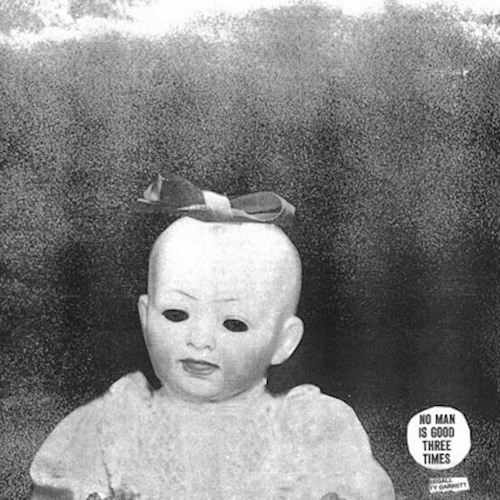 Release Date: April 17th, 2012
Release Date: April 17th, 2012





The artists formerly known as Hype Williams are by no means finished.
As if naming one’s band after a late-nineties music video director isn’t precarious enough–this duo have taken their faux mythology into new lands. Who’s to say whether there is anyone called Dean Blunt, if he robbed sixteen taxidermists of raccoons before going on trial and converting to the Nation of Islam, or if he has a femme fatale Berliner named Inga Copeland that tried out for FC Arsenal’s ladies squad before sitting down to press her rejection angst to an album called Black Is Beautiful whose cover is the verbatim logo of Ebony magazine. With this act, it doesn’t matter. The real is given as much weight as the fantastic. Most critics take it as posturing, a social commentary on our era of information inundation, inauthenticity and attention-deficit. And that’s possible. It’s also possible they’re having a wank. Problem is, no one knows the better. As Blunt told The Wire, “The best art has humor in it.”
The fifteen tracks, all but one of which are unchristened, range from thirty-five seconds to over nine minutes long, without any apparent rhyme or reason. From “1,” where a fading synthesizer note dims over free-jazzing drums, to “12” where Inga’s voiced is mercilessly chopped over jungle rhythms to “6” where gated Star Trek doors open and close (or at least hopefully that’s what it is) over pan-pipes for half a minute. Say nothing about its eccentricities–what these two have produced is flip, capable of eliciting pure and primeval joy. Don’t blink though, at one point “9” stops suddenly for a side-splitting sample of a talking head, “When white people tell other white people they can’t have sex, they become teenage rebels,” immediately resuming its clunky march over a disjointed “Never look back,” voice modulation.
Black is Beautiful is a rare case: A work of art done deliberately, provably deliberately, with all the irreverence, missteps and chaos of a poorly made album. It refuses to explain itself or reveal a motive on its part or on the behalf of its creators. Because of this, it falls into a territory where one’s reaction to it is inseparable with one’s ethos on art. Most albums, even the bizzare ones, are filled with familiar elements–things like melody, structure, lyrics and sometimes even instruments, Black is Beautiful eschews just about all of the above. Looking for genres? Start with post-garage, post-hiphop, post-grime and basically enough posts to support a Christo/Jeanne-Claude installation. Even at its most torrential the album plays softly and for having no discernible geography and seems against all odds to be synchronized, the way disjointed thoughts can be in a notebook. Nothing here seems to work; the tempos are hopelessly off, every keyboard is in need of a tune-up, no idea or thought is left to blossom completely. The listener leaves these album thoroughly uncatharsized. Black is Beautiful plays like the ramblings of a madman–but one who might just be on to something–or really, actually mad. A soundtrack to predrinking is it not, but if in the future, illustrious reader, you find yourself with forty free minutes, it’s worth a plug and mustache-stroking contemplation.


